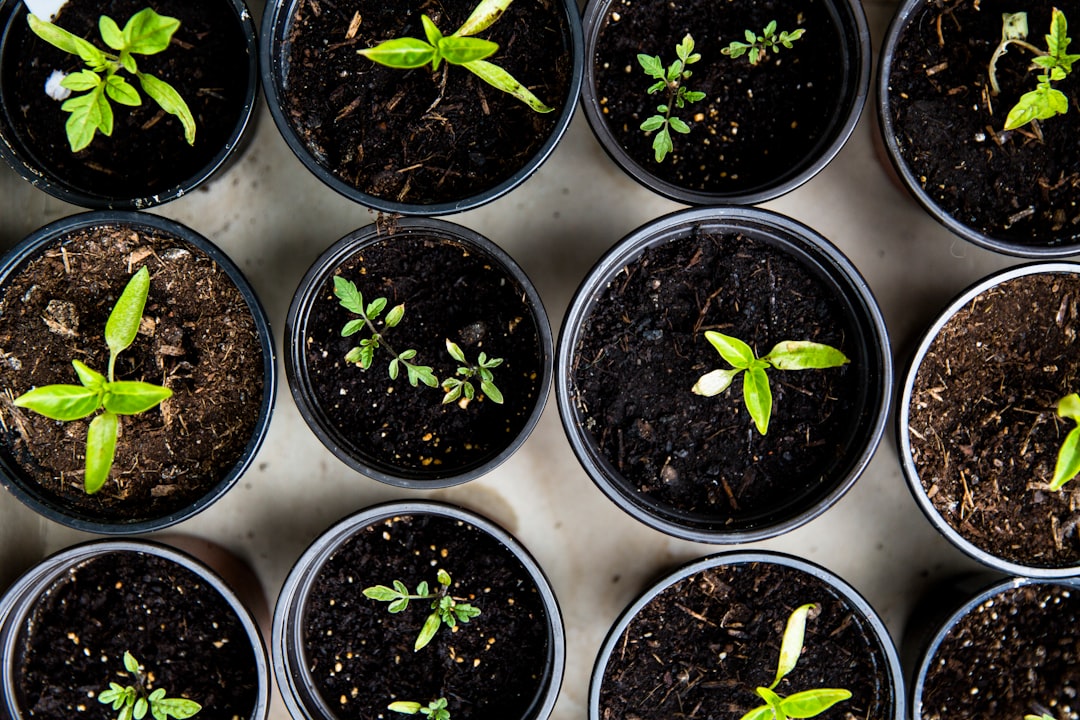Community gardens are not just spaces for cultivating fruits, vegetables, and flowers—they are vibrant cultural crossroads. In diverse communities, these shared green spaces become places where people come together to celebrate their heritage, share traditions, and learn from one another.
Through the simple act of gardening, community members exchange seeds, recipes, farming techniques, and stories that reflect their cultural identities. In doing so, they not only grow food, but also grow understanding, friendship, and a sense of belonging.
In this blog post, we explore how community gardens serve as powerful sites of cultural exchange, where gardening traditions and foodways are honored and shared across generations and cultures.
What Are Gardening Traditions and Foodways?
Gardening traditions include the methods, beliefs, and practices passed down through generations for growing and caring for plants—often rooted in cultural, spiritual, or regional knowledge.
Foodways refer to the cultural, social, and historical practices surrounding the production, preparation, and sharing of food. This includes recipes, ingredients, rituals, and stories tied to meals.
Together, these aspects form a rich tapestry of how people relate to land, food, and community. And community gardens are one of the most accessible and inclusive ways to celebrate them.
How Community Gardens Foster Cultural Exchange
🌱 Sharing Seeds and Stories
Gardeners often bring seeds from their home countries or regions—okra, amaranth, lemongrass, bitter melon, heirloom tomatoes—along with knowledge on how to grow them.
When gardeners swap seeds or teach others how to care for culturally significant crops, they create opportunities for storytelling and shared discovery. These exchanges help preserve biodiversity and heritage.
🍲 Cooking and Tasting Together
Harvests in community gardens naturally lead to shared meals. Community potlucks, cooking demonstrations, or informal recipe swaps become chances to explore new cuisines and bond over food.
Participants not only learn about new ingredients and flavors but also gain insight into the cultural significance behind dishes.
👩🌾 Honoring Traditional Growing Methods
Different cultures bring unique perspectives on land stewardship and agricultural techniques, including:
-
Indigenous planting methods and companion planting
-
African permaculture practices
-
Asian techniques for intensive small-plot gardening
-
Mediterranean herb garden designs
In community gardens, these practices can be respected and incorporated, creating a more diverse and sustainable growing environment.
🌍 Building Cross-Cultural Understanding
Gardening side by side with people from different backgrounds creates space for dialogue, empathy, and connection. In diverse communities, gardens help bridge cultural divides and reduce isolation.
They offer a peaceful, collaborative environment where differences are not just accepted—but celebrated.
Real-Life Examples of Cultural Exchange in Community Gardens
-
“Global Gardens” Projects: Some community gardens are intentionally designed to include plots from different cultures, where each group can grow traditional crops and teach others about their foodways.
-
Cultural Plant Markers: Bilingual or multilingual plant signs share the names and uses of crops in different languages, promoting both language learning and cultural appreciation.
-
Harvest Festivals: Seasonal events celebrate different cultural holidays (e.g., Lunar New Year, Nowruz, Día de los Muertos) with garden-grown food, music, dance, and traditional attire.
Tips for Encouraging Cultural Exchange in Your Garden
🌾 Ask Gardeners About Their Traditions
Invite community members to share what they grew up planting and cooking. You might discover incredible wisdom and overlooked crops.
🧑🍳 Host Cultural Cooking Workshops
Let community members lead classes that showcase dishes using garden produce. Provide translation or support to help more voices be heard.
🌎 Create a Garden “Cultural Map”
Make a map or display showing where gardeners are from and what crops they’re growing from their heritage.
🪴 Grow a World Garden Bed
Dedicate a shared bed to globally significant plants—like chili peppers, garlic, turmeric, or rice—and use it as an educational tool for schools and visitors.
🗣 Invite Conversations
Use signage, conversation starters, or guided tours to encourage people to ask questions and learn from one another’s experiences.
Final Thoughts
Community gardens are not just about growing food—they’re about growing culture, connection, and mutual respect. When people of different backgrounds share gardening traditions and foodways, they plant the seeds of understanding and unity.
In today’s world, where division can often feel more visible than connection, community gardens remind us that we’re all nurtured by the same sun, soil, and rain—and that our differences are a gift, not a gap.
Let your garden be a place where cultures bloom, stories are rooted, and friendships are harvested.
Interested in making your garden more culturally inclusive? We’d love to help you build programming, plan events, or design a garden layout that honors the many traditions in your community. Let’s grow a more connected world, one plot at a time.

Comments
No comments yet. Be the first to comment!
You must be logged in to comment. Login